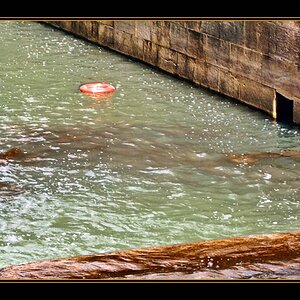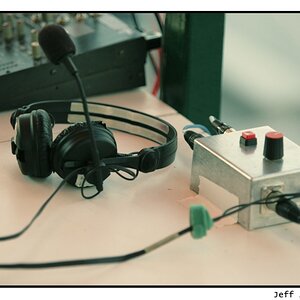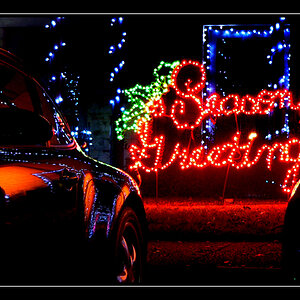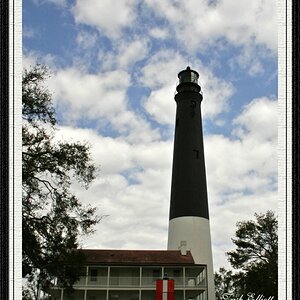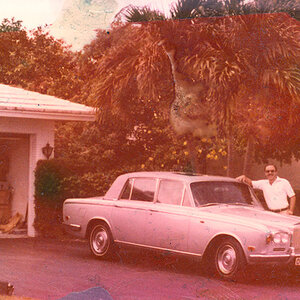Alan92RTTT
No longer a newbie, moving up!
- Joined
- Apr 5, 2010
- Messages
- 318
- Reaction score
- 40
- Location
- Madison Heights, Mi
- Website
- www.3sgto.org
I get confused by this all the time and maybe someone can help.
I have a D5000 which I know is designed for their DX series lenses.
If I use a lens like this [ame=http://www.amazon.com/Nikon-70-300mm-4-5-5-6G-Digital-Cameras/dp/B000HJPK2C/ref=wl_it_dp_o?ie=UTF8&coliid=I28XQD5YR87W4I&colid=2P202WL2S3K9K]Amazon.com: Nikon 70-300mm f/4.5-5.6G ED IF AF-S VR Zoom Nikkor Lens for Nikon Digital SLR Cameras: Camera & Photo[/ame] which is not a DX series lens it will act like a 105 - 450 lens.
My question is about the DX branded lenses. I have seen some pages/posts that indicate that they will do the same thing and other pages/posts that indicate the will act like their listed mm's.
Which is it? Are the MM's on the DX lenses accurate or is my 18-55 is really a 28-82?
Thanks
I have a D5000 which I know is designed for their DX series lenses.
If I use a lens like this [ame=http://www.amazon.com/Nikon-70-300mm-4-5-5-6G-Digital-Cameras/dp/B000HJPK2C/ref=wl_it_dp_o?ie=UTF8&coliid=I28XQD5YR87W4I&colid=2P202WL2S3K9K]Amazon.com: Nikon 70-300mm f/4.5-5.6G ED IF AF-S VR Zoom Nikkor Lens for Nikon Digital SLR Cameras: Camera & Photo[/ame] which is not a DX series lens it will act like a 105 - 450 lens.
My question is about the DX branded lenses. I have seen some pages/posts that indicate that they will do the same thing and other pages/posts that indicate the will act like their listed mm's.
Which is it? Are the MM's on the DX lenses accurate or is my 18-55 is really a 28-82?
Thanks
Last edited:


